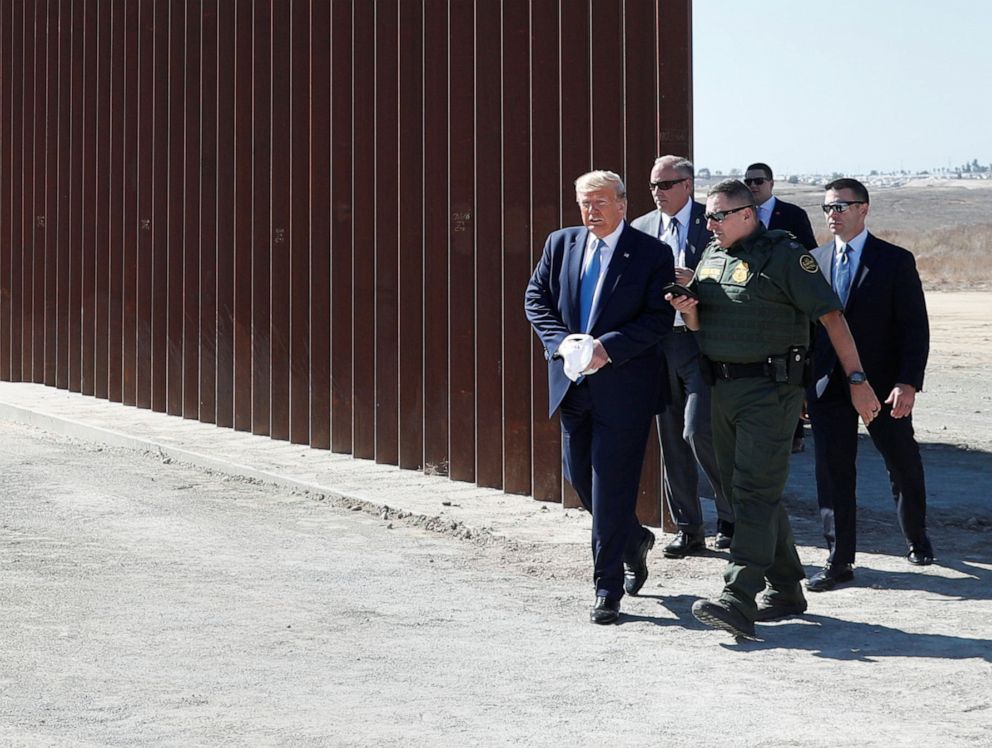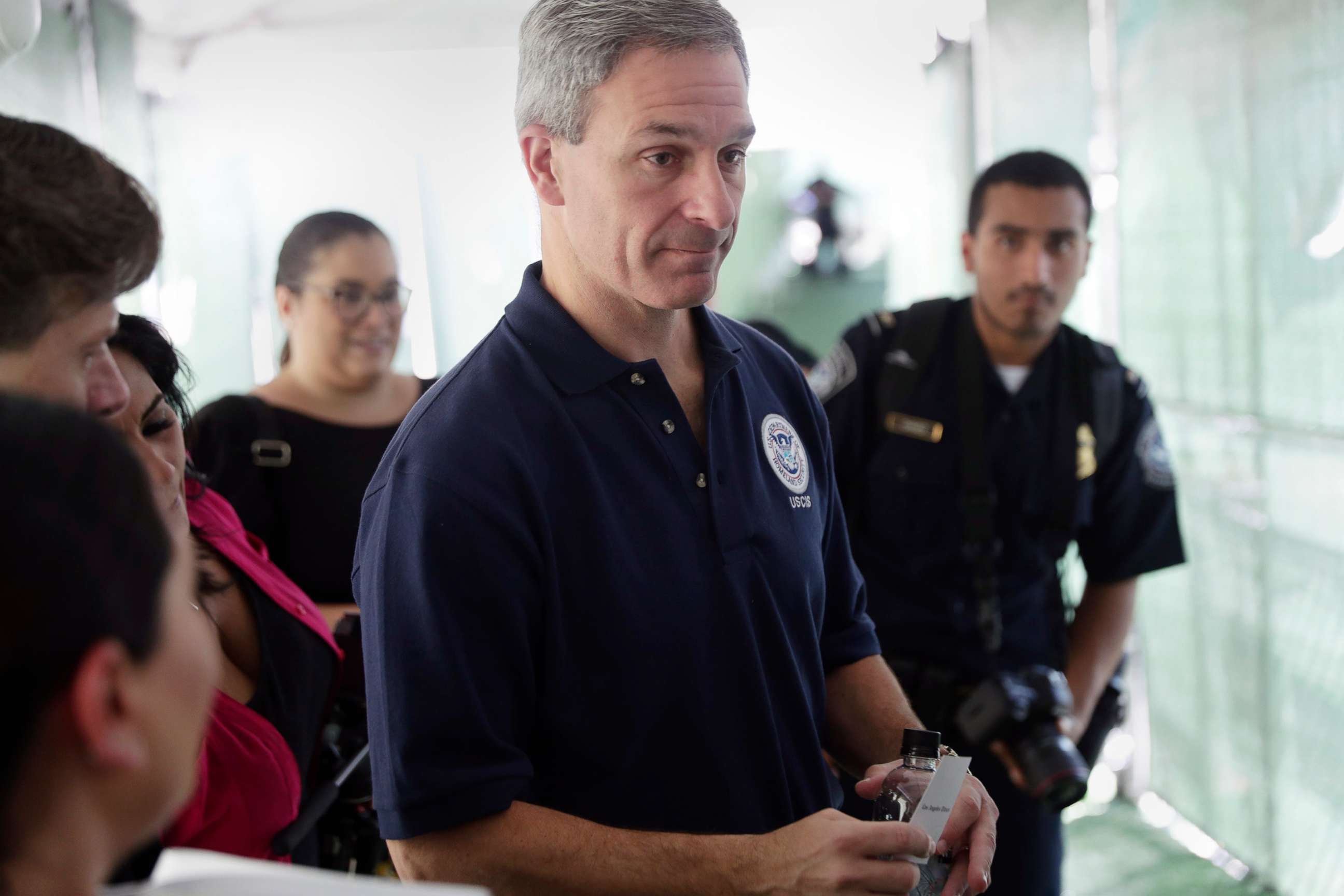Trump administration to slash refugee program, capping number at 18K
Past years under President Barack Obama averaged 70,000 to 85,000 people
The Trump administration announced Thursday it planned to slash the number of refugees allowed in the U.S. in 2020 with a cap of 18,000, the lowest number in decades.
The plan gives special consideration to people fleeing religious persecution and Iraqis who have helped the U.S. military. An executive order accompanying the plan also would allow for communities to reject refugees.
Submitted to Congress, the plan prompted significant blowback from human rights groups and Democrats who say the U.S. has a responsibility to help refugees fleeing famine and war.
House Judiciary Committee Chairman Rep. Jerrold Nadler, D-N.Y, called it an "abdication of our moral authority, and an abandonment of the very values that make America great."
David Miliband, head of the International Rescue Committee, called it an "unspeakable setback" for families seeking to provide basic security and education for their children.
"This is a very sad day for America," he said. "This decision represents further damage to America's leadership on protecting the most vulnerable people around the world. It has no basis in logic or need, damages America's interests and tarnishes her values."

Administration officials said the drastic reduction was necessary so that the U.S. could focus on border operations and reducing a massive backlog of legal cases of people seeking asylum in the U.S.
"At the core of the Trump administration's foreign policy is a commitment to make decisions based on reality, not wishes, and to drive optimal outcomes based on concrete facts," the administration wrote in its notification to Congress.

According to the United Nations Refugee Agency, the world is facing a record number of people -- nearly 71 million -- who have been forced to leave their homes. Among them, nearly 26 million are designated refugees and more than half of the refugees are under age 18.
Ken Cuccinelli, the acting chief of U.S. Citizenship and Immigration Services, said the cap "takes into account our existing and anticipated humanitarian workload on all fronts and fulfills our primary duty to protect and serve U.S. citizens."
Trump has cut the number gradually each year. In 2016, President Barack Obama's last year in office, the cap was 85,000. Trump cut it in 2017 to 50,000, then 45,000 in 2018 and 30,000 this year.
This new cap is the lowest ever since the program was created in 1980.
In addition to being drastically cut, the new cap sets more specific and narrow limits on the types of permitted refugees. Unlike previous years where admissions were set based on geography, the administration has now carved out separate admissions caps for religious refugees, designating that 5,000 of the 18,000 slots will be designated for those applicants and another 4,000 slots will go toward refugees impacted by the Iraq War.
The administration also designates that the U.S. will accept 1,500 refugees in 2020 from Guatemala, Honduras and El Salvador. That number would just be a fraction compared to the tens of thousands of migrants from Central America who are arriving at the U.S. border each month.




